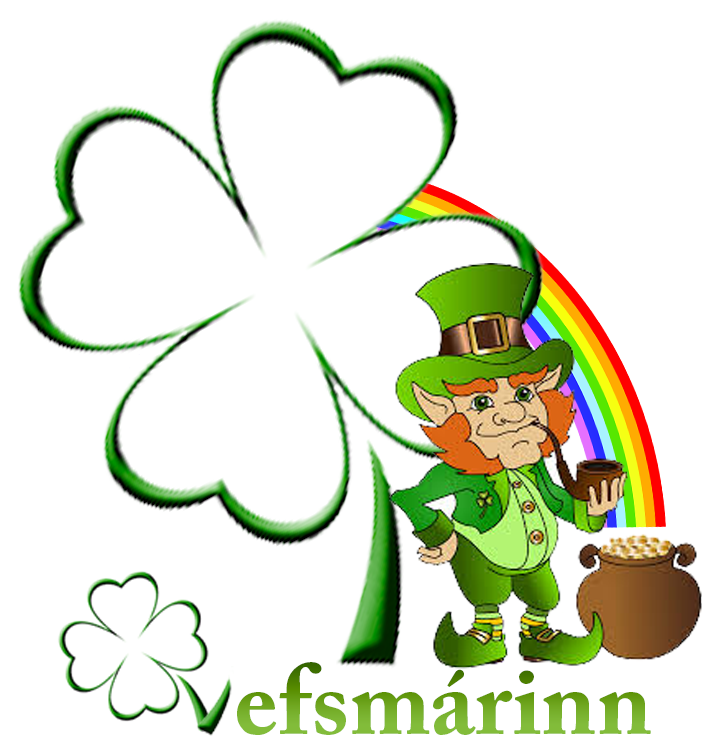Vatnajökull National Park – Glacial Wonderland

Nestled in the southeastern reaches of Iceland, Vatnajökull National Park
stands as a testament to the country’s breathtaking natural beauty. Home to Europe’s largest glacier, Vatnajökull, this national park is a tapestry of glaciers, waterfalls, volcanic peaks, and diverse ecosystems. Join us on an immersive journey through the wonders of Vatnajökull National Park, where every step unveils a new chapter in Iceland’s geological and ecological story.
Origins and Evolution: The Geological Tapestry of Vatnajökull
At the heart of Vatnajökull National Park lies Vatnajökull, an immense glacier that has been shaped by the relentless forces of nature. This section delves into the geological processes that have moulded the glacier over centuries, creating a stunning landscape that is both dynamic and awe-inspiring. From the icy peaks to the glacial valleys, Vatnajökull’s geological tapestry is a living testament to the Earth’s transformative power.
Svartifoss: Nature’s Basalt Masterpiece
Venturing into the Skaftafell section of the national park, one encounters the iconic Svartifoss waterfall. Set against a backdrop of dark basalt columns, Svartifoss is a natural masterpiece, showcasing the intricate interplay between water and volcanic rock. This section explores the unique geological features that make Svartifoss a jewel of Vatnajökull National Park and a destination that captivates the imagination.
Cultural Immersion: Museums and Galleries
Reykjavik’s cultural scene is a vibrant tapestry woven with museums and galleries. Dive into the National Museum of Iceland to trace the country’s history, from settlement to the present day. The Reykjavik Art Museum showcases Icelandic visual arts, while the Icelandic Phallological Museum adds a touch of the eccentric.
For a taste of the literary heritage, explore the Reykjavik City Library and the Culture House, where ancient manuscripts and literary treasures come to life. The city’s commitment to the arts is evident in every corner, making it a haven for culture enthusiasts.
Dettifoss and Selfoss: The Grandeur of Glacial Rivers
Moving northeast within the park, the Jökulsá á Fjöllum river unveils its power through the mighty Dettifoss waterfall, Europe’s most powerful cascade. This section explores the sheer force and grandeur of Dettifoss, as well as the nearby Selfoss waterfall, creating a vivid portrait of the unbridled energy of glacial rivers within Vatnajökull National Park.
Vatnajökull’s Peaks: Scaling Hvannadalshnjúkur and Öræfajökull
The towering peaks of Hvannadalshnjúkur and Öræfajökull punctuate the glacier-covered expanse of Vatnajökull. This section invites adventurers to explore these formidable summits, providing insights into the challenges and rewards of scaling Iceland’s highest peak and delving into the history and geology of Öræfajökull, a stratovolcano that adds a sense of mystique to the park’s diverse terrain.
Wildlife Amidst the Ice: Flora and Fauna of Vatnajökull
Contrary to expectations, Vatnajökull National Park is not a lifeless expanse of ice. This section sheds light on the surprising biodiversity within the park, from resilient flora that adds splashes of colour to bird species and mammals that have adapted to the challenging environment. The delicate balance between life and the icy surroundings showcases the resilience of nature in Vatnajökull.
Exploring Vatnajökull: Practical Tips and Recommendations
This section provides practical information for visitors, including the best times to visit, suggested activities, and tips for navigating the park. From guided tours to self-exploration, it offers insights into making the most of a visit to Vatnajökull National Park.
Conclusion: Vatnajökull’s Enduring Majesty
As our exploration of Vatnajökull National Park comes to a close, the enduring majesty of this natural wonder becomes evident. From the vast glaciers to the roaring waterfalls, the hidden caves, and the towering peaks, Vatnajökull is a symphony of nature that resonates with the soul. The conclusion reflects on the timeless allure of Vatnajökull and the deep connection between the Icelandic people and their extraordinary natural heritage.
Frequently Asked Questions (FAQ)
What is the best time to visit Vatnajökull National Park?
The summer months (June to August) offer milder temperatures, access to more activities, and a chance to explore crystal caves. Winter (December to February) is ideal for Northern Lights viewing, but some activities may be limited.
How do I get to Vatnajökull National Park from Reykjavik?
The most common route is via the Ring Road (Route 1). The drive takes approximately 5 to 6 hours, depending on road conditions. Guided tours and domestic flights are also available.
Are there guided tours available for exploring Vatnajökull?
Yes, guided tours are available for various activities, including glacier hikes, ice cave tours, and volcano climbs. Local guides provide insights into the park’s geology and wildlife.
Can I visit Vatnajökull National Park in winter?
Yes, Vatnajökull is accessible year-round. In winter, activities like ice cave exploration and Northern Lights viewing are popular.
Are there camping options within Vatnajökull National Park?
Camping is allowed in designated areas within the park. Campers should adhere to Leave No Trace principles and obtain necessary permits.
What clothing and gear are recommended for visiting Vatnajökull National Park?
Dress in layers, including waterproof and windproof outer layers. Sturdy hiking boots, gloves, and a hat are essential. Specific gear may be required for certain activities, such as ice cave exploration.
Can I explore Vatnajökull National Park on my own?
While some areas are accessible for independent exploration, guided tours are recommended for certain activities to ensure safety and provide in-depth insights into the park’s features.
Is there an entrance fee for Vatnajökull National Park?
No, there is no entrance fee to access Vatnajökull National Park. However, certain activities, such as guided tours, may have associated fees.





